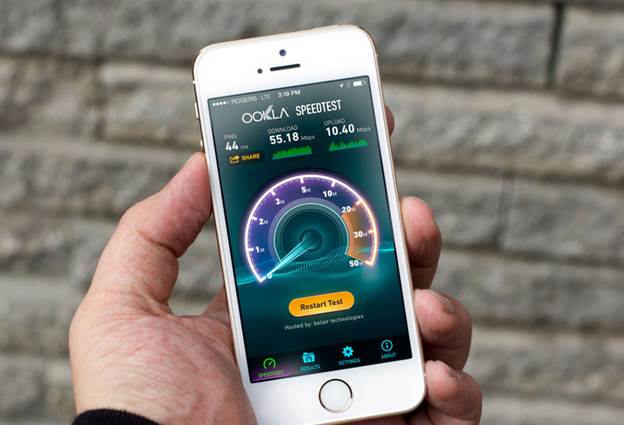Apple whipped
the mobile industry into a frenzy with its 64-bit A7 chip last year. Since
then, the consensus is that 64-bit SoCs will go mainstream this year. We think
most of the battles that are to come in the next 12 months will be fought on
the GPU front instead. Here’s why.

Apple’s
64-bit SoCs – World’s first and only smartphone
Apple’s Forward Thinking Moves
Since the
inception of the App Store, gaming - or should we say, mobile gaming - has been
a focus for Apple on iOS. It’s not rocket science to figure out why: A quick
glance at the top downloaded and top grossing charts will tell you that games
likely form the majority of the 40 billion apps downloaded so far. Take that a
step further, and it’s no hyperbole to declare Apple the world’s largest mobile
game distributor.
Short of
setting up its own game studio, Apple’s focus on gaming has been gaining
momentum recently, both on the software and hardware sides of things. The
company’s most recent move to consolidate its leadership in this space came
last September when it announced MFi (Made For iOS) controller support as part
of iOS 7. And in the few months since, we already have actual iOS 7 controllers
that we can buy from the likes of Moga, Logitech, and SteelSeries.

With
an all-new design and all-new features,
iOS 7 is the world's most advanced mobile OS
On the less
consumer-facing front, there’s also the new Sprite Kit, a graphics framework
for iOS and OS X game developers to create high- performing 2D games. A native
physics engine, an efficient OpenGL-based renderer, a particle creator in Xcode
- all these goodies are now made free out of the box for developers. It’s not
hard to see why indie game developers are all over it.
Of course,
history will fondly remember the September 10, 2013 event as the one where
Apple introduced the iPhone 5S and its 64-bit A7 chip. Much had been discussed
about the A7’s CPU performance, which in short can be summarized as superb,
thanks to the move to a 64-bit architecture, the availability of more register
space, and software written to take advantage of all these. What’s less
celebrated is the also incredible performance of the A7’s GPU, which AnandTech theorizes
to be a variant of Imagination Technologies’ PowerVR Series 6 G6430 4-cluster
GPU. We’ll skip the technical mumbo jumbo here other than this fact: The A7’s
GPU performance is at least 2x better than what the A6-based iPhone 5 offered.
Looking back, it’s no wonder why Apple afforded Epic Games a good chunk of time
to demo Infinity Blade III.

It’s
not just a product of what’s technologically possible. But what’s
technologically useful. It’s not just what’s next. But what should be next.
Naturally,
the iPhone isn’t the only iOS device Apple makes. In a shrewd move, Apple has
also put the same A7 silicon (albeit with slightly different CPU frequencies)
in the 9.7-inch iPad Air and 7.9-inch iPad Mini (both sporting a
2,048x1,536-pixel ‘Retina’ display) that were announced a month after the
iPhone 5S. Unsurprisingly, compared to their respective predecessor (heck,
compared to all previous iPads), the performance gains are substantial. While
the performance gap between the three A7 devices is small, for advanced users
running heavy workloads, the iPad Air is the one to get; its more thermal
headroom makes it the highest performing iOS device to date.